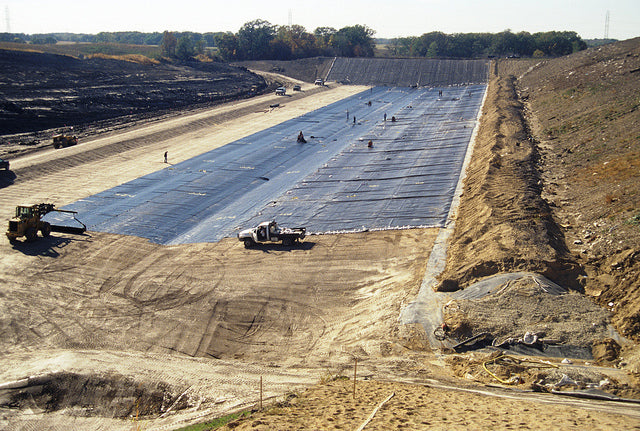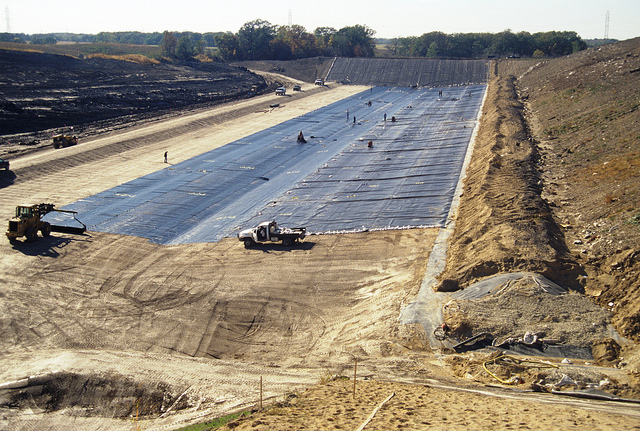Call Us
News
Landfill Liner Systems: An Overview

 In order to protect soil and groundwater from becoming contaminated, landfills are designed with a bottom Landfill liner system and a leachate collection system.
In order to protect soil and groundwater from becoming contaminated, landfills are designed with a bottom Landfill liner system and a leachate collection system.
Bottom Liner Systems
The main objective of installing a bottom liner system in a landfill is to prevent groundwater contamination by creating an impenetrable protective barrier between the landfill waste pile and the underlying soil and groundwater. Bottom liners also act as a barrier to prevent subsurface gas migration, gas in this environment finds the path of least resistance which can lead to a build-up of flammable gases that pose a fire or explosion hazard both onsite and offsite. Landfill operators use fixed Landfill Gas Monitors and Portable Landfill Gas Monitors to measure gas migration in perimeter wells, surface wells, and at their power generation facilities.Options for Landfill Liner Systems
A landfill bottom liner system can consist of a number of options:- A base layer of clay that has low permeability, either occurring naturally on site or by placing and compacting clay soil brought in. Clay soils used as a bottom liner need to have a hydraulic conductivity of less than 1 x 10-7cm/sec.
- A synthetic membrane bottom liner.
- A combination of the above, with a clay soil base covered by a synthetic membrane, which effectively offers double protection, with the clay layer providing an additional safety measure should the synthetic membrane be breached.
Things to Consider When Installing Landfill Liner Systems
All the landfill liner systems listed above need to be carefully constructed with quality control measures put in place to ensure:- Clay soils are sufficiently compacted and placed in such way to meet the permeability requirements. To prevent the clay from drying out, the clay soil layer must also be protected prior to waste being placed on top of it.
- In order to provide an impermeable barrier the synthetic membrane must be properly joined and all seams adequately sealed; and to prevent tears, it must be protected from equipment and/or waste disposal activities.
- Surveys need to be conducted as liners are built, with liner elevations recorded for future reference. This will prevent the liner system from being drilled through should LFG wells be drilled at a later stage.


